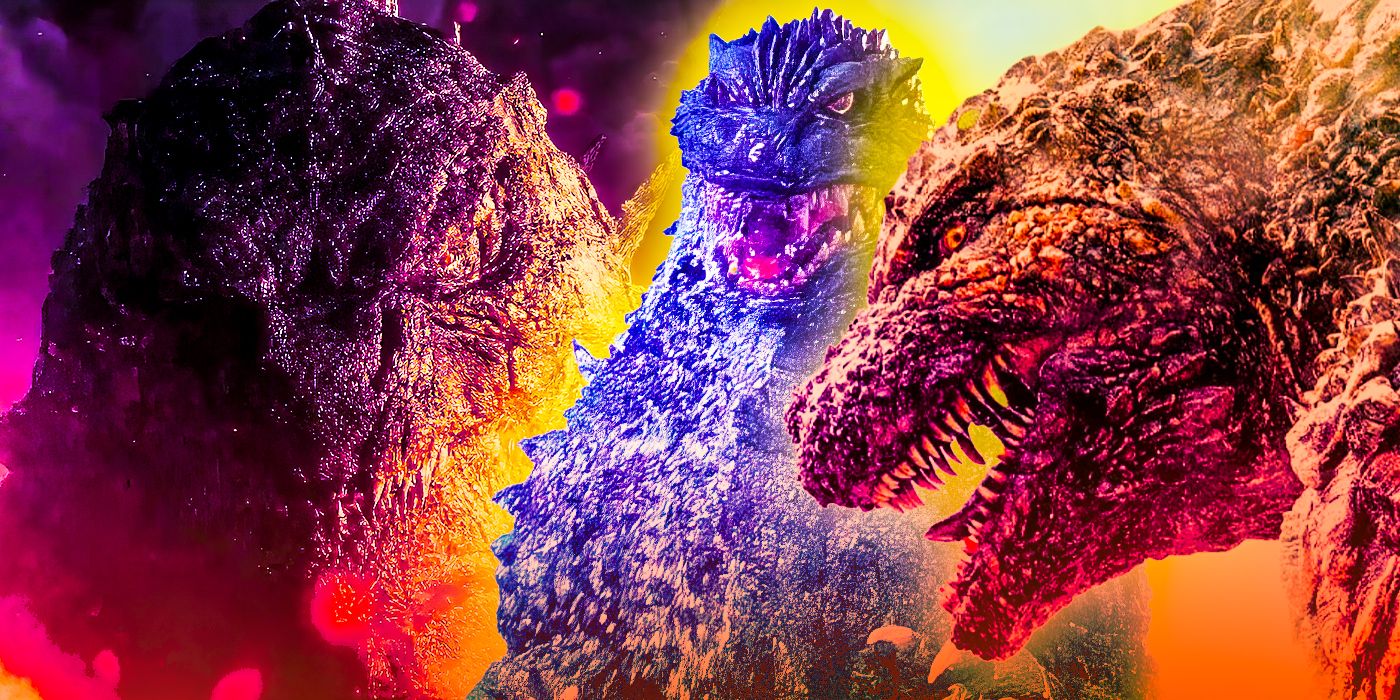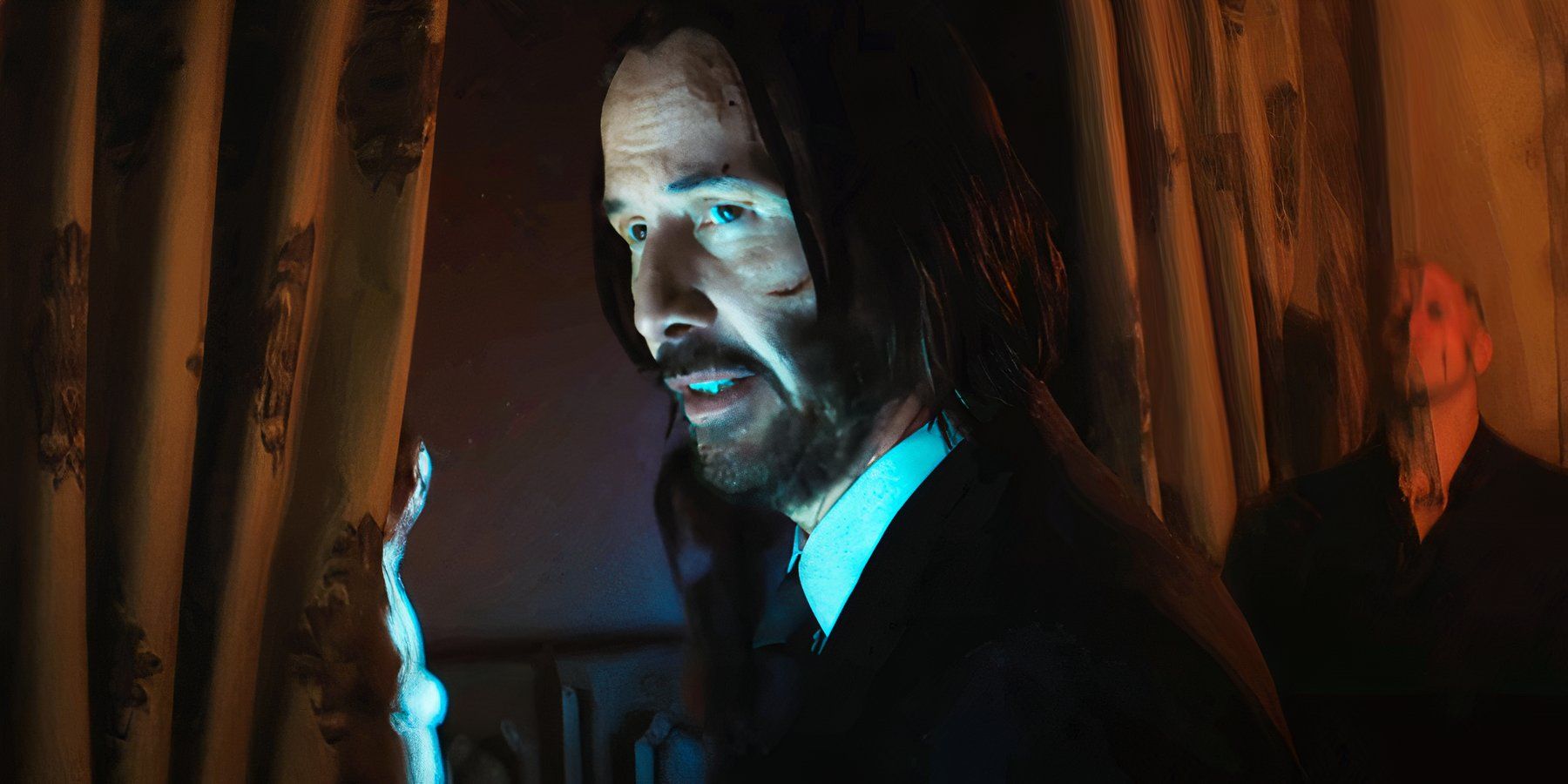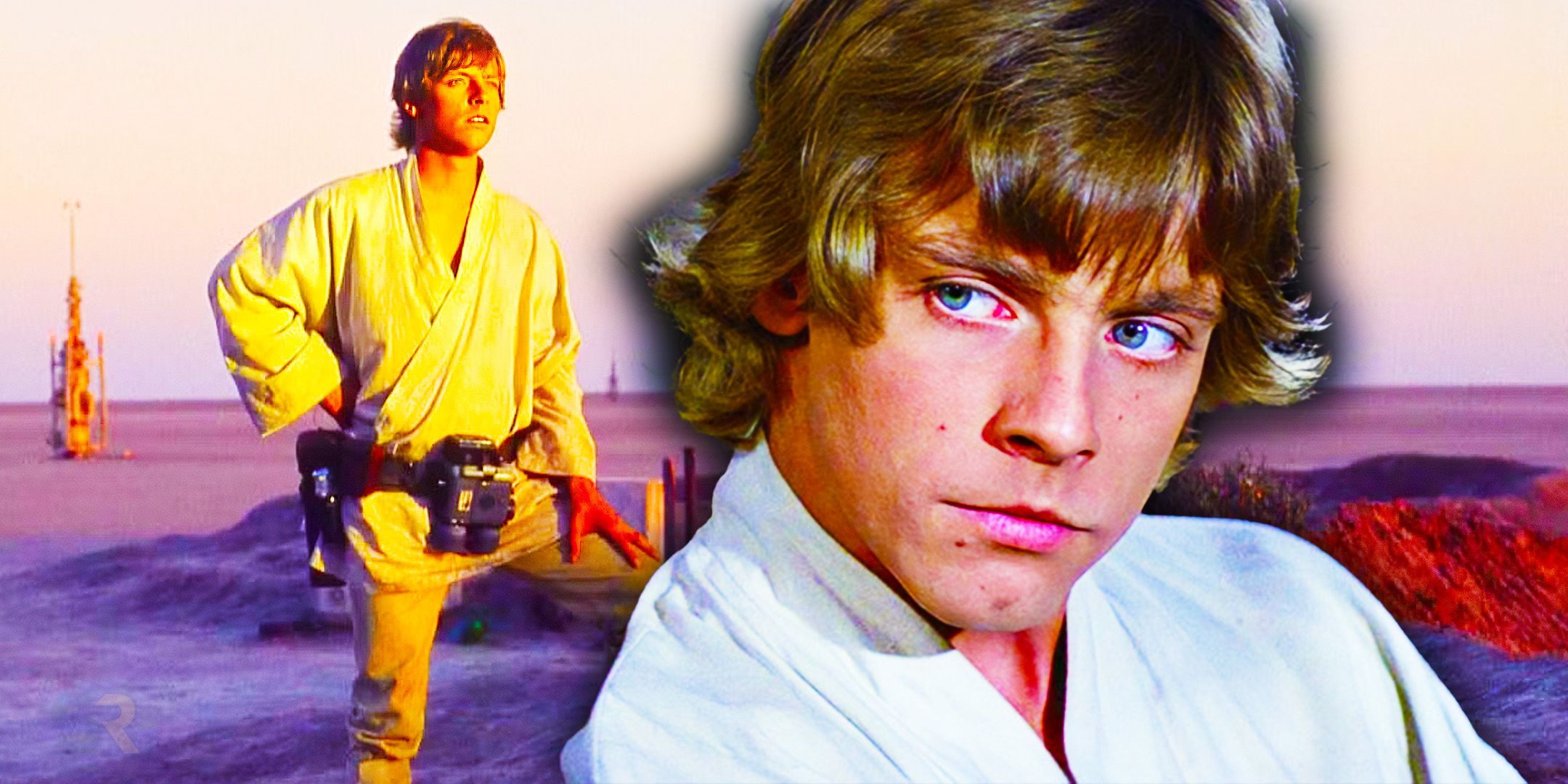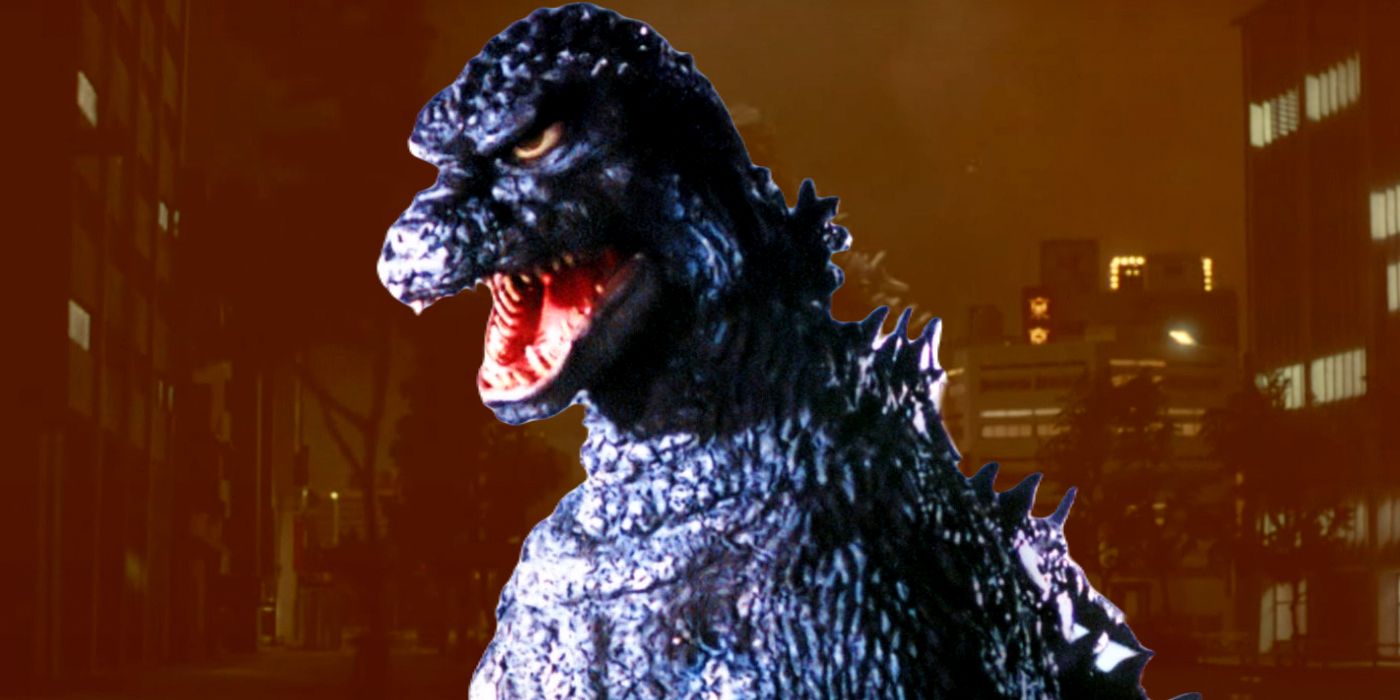Related
Summary
There is a major issue that seriously hurt 1984’sThe Return of Godzilla . The movie was the 16th installment in theGodzillafranchise , the last of the Shōwa earned run average , and the first of the Heisei . Despite take in $ 14 million at the box office on a budget of $ 6.25 million , it is better known in the US asGodzilla 1985 , where it spent an extra budget of $ 2 million and earned a loge office take of $ 4.12 million . The budget variance was because of some major edits before the American release .
After therelease ofGodzilla Minus One , Corridor Crewgathered a squad of VFX artists to discuss one mechanical malfunction that seriously hurtThe Return of Godzilla . With his eye routinely misfunction , the King of the Monsters was often looking in two different directions at once , creating a problematic look . One expert , Peter France , conk into profundity about the way that the American acquittance removed the footage solely because of the absurdity of Godzilla ’s appearance . Check out his inverted comma below :
So for the 1984 Godzilla movie , they were like “ Okay , we ’re building a 16 fundament marvellous Godzilla robot , ” and it was really cool . It mostly worked , but what was tragic is , I gauge , it did n’t look very right , because they removed almost all of the shots with this from the American release . There are only a span shot , because the eyes misfunction , and they would kind of look in dissimilar directions , so it just look really silly … So they ’re like “ We ca n’t put this in the movie . " I enjoy the practical explosives on this kind of stuff . Just dumb motion smoke curling around the costume . It ’s one of the benefit of build a giant animatronic is that your bullet and fire scale better .

The Challenges Of Godzilla VFX
It has always been difficult to make the special effect inGodzillamovies expect somewhat naturalistic . Kaiju are fundamentally unbelievable , given that they are mammoth monsters who often come along to be larger adaptation of relatively minuscule animate being . Godzilla himself is a mammoth lounge lizard , and his proportion need to scale with his size . to boot , every monster is designed to have more imaginative features and fantastical elements , including wings or fire - respiration . That ’s whyevery translation of Godzilla somewhat differs .
Toho ’s version of Godzilla differs from the edition presently seen in the American Monsterverse , which includes projects such as 2014’sGodzillaandMonarch : Legacy of Monsters .
An extra challenge is having the kaiju interact with objects and human beings . They topple down buildings , charge up through water , and have infinite burst . Making those effect see realistic means occasionally take substantial people or simulating entire body of water system for Godzilla to commove through . That swear on a mix of information processing system - generated images and pragmatic consequence , but there are challenge to that too .

Godzilla has appeared in legion movies in Japan and Hollywood since 1954 , but is the ideal viewing order of the Titans ’ many adventures ?
immix pragmatic effects and CGI fiddle a major office in the advanced growing of any megahit movie , but VFX artists shin with added burdens . CGI ask time , enough vision , and hearty funding to raise a naturalistic core . Using a practical robot reading of Godzilla was a direction to craft the monster with the resources of 1984 , while also having him interact with the world in a direction that CGI could not then realistically manage . Unfortunately , a malfunction meant thatThe Return Of Godzillafeatured a severely inadequate version of the character .
Source : Corridor Crew



